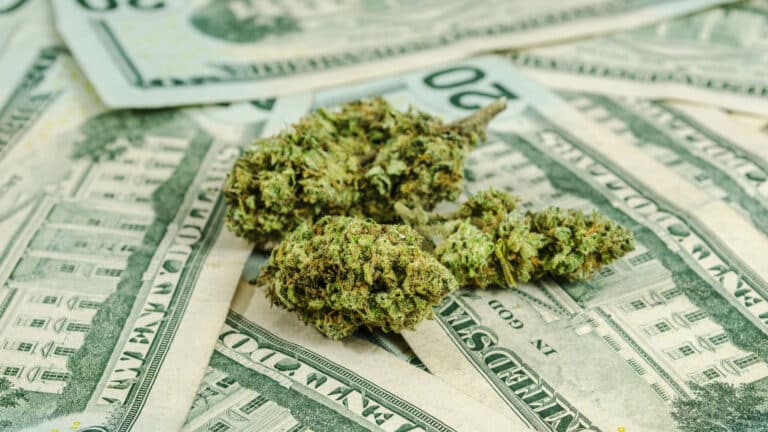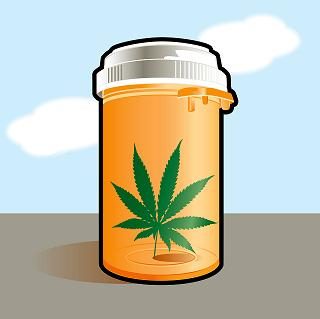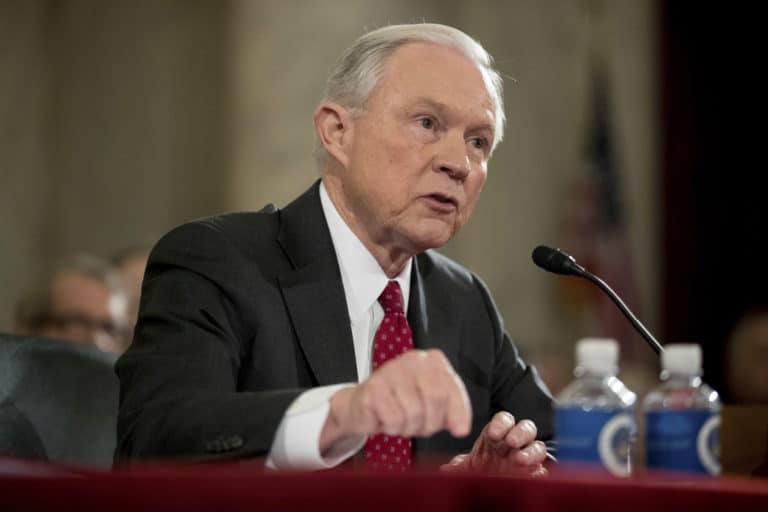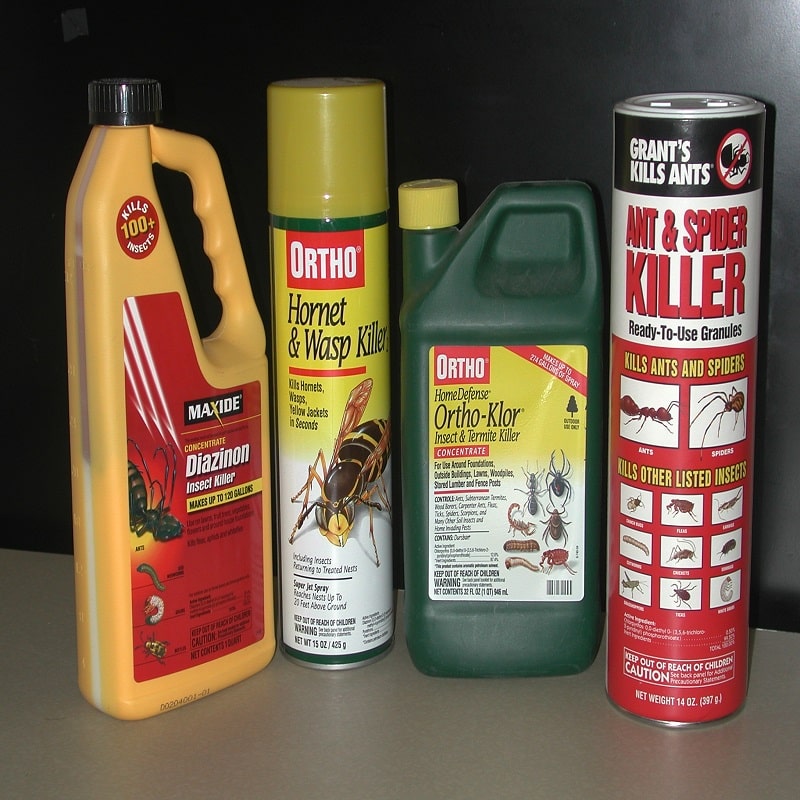
The Drug Peace Bumblebee
We’re Almost There And We’re Just Starting: The Drug Peace Bumblebee’s Message To His Media Colleagues
“Smells like the art teacher’s room.” -Lisa Simpson
Stigma, the final front in the Drug War, was on my mind as I addressed my colleagues at the Society of Professional Journalists’ Southwest Regional Conference in Santa Fe on a recent brisk spring afternoon. I assumed, since 80% of Americans want the Drug War to end, that I was of like mind with the news anchors, radio hosts and newspaper editors who had traveled to the conference from Wyoming to the Mexican Border. After all, everywhere I go to speak, young and old, left and right, and men and women alike seem to nearly universally recognize that the United States’ longest and most expensive war soon will finally end on the federal level.
So there in America’s oldest capital, I gave my usual humor-infused Drug Peace talk, based on my recent book Too High to Fail, which follows the journey of one locally legal cannabis flower from a Mendocino County, California farm to a liver cancer patient. There at the headquarters of the Santa Fe New Mexican where the conference was being held, I ad libbed with regional references as I always do, presuming that my audience, any audience, by this point knows that 4:20 is something associated with cannabis.
I really hammered home the issue of lingering cannabis stigma in what you might call society’s more formal strata. “Unless you’re underage or from Utah,” I recall needling my colleagues of the press from up and down the Rockies. “You’re probably gonna tip a beer at the after party following the conference.” I delivered this zinger confidently. I was, after all, speaking to journalists, who as a profession could single-handedly keep Milwaukee in business. “No problem doing that in public at a Santa Fe tavern. Yet if cannabis is your after-work social lubricant, you’ve still got to hide in your hotel room like Louie Armstrong in 1954.”
At a reception shortly thereafter, the event’s hostess reminded me that a solid 20% of those in attendance were in fact from Utah, this being the Southwest (Region 9) SPJ conference. Also, she pointed out good-naturedly, there was a whole category of events and awards for college media, meaning another 10% of my audience that day wasn’t of drinking age.
That information was useful to me as a comedian, in addition to as a journalist. No wonder the beer vs. cannabis anecdote had earned such sparse and nervous laughter: I was in fact dealing with at least a partial audience for whom 4:20 meant only a safe time to slip away from the cubicle for the kid’s piano recital.
If I’m clueless about my local professional organization’s demographics, it’s because I’m just a goat rancher from five hours away in the Land of Enchantment desert. Some of my Colorado colleagues in attendance might have traveled less to get to the event. Me, I had chicken eggs to collect the next day. As a performer at a heartland journalist conference, it turns out, I was like Tracy Morgan entertaining the NRA Convention. An interesting but not necessarily misguided choice. Good thing the booker was in a position of authority at her own news organization. Which actually says a lot about the torch-passing that has gone done vis a vis drug policy in the past two or three years.
I had no idea about any of this as I ploughed through my Drug Peace anecdotes and slides, tracking the journey of the locally developed, organically-grown California cannabis plant I followed through the helicopters and powdery mildew dangers of the 2011 domestic farming season. I pulled from my usual basket of inside references, including the wonderfully ironic moment I was pulled over during the research of my cannabis book under an Anheuser-Busch billboard reading “Grab Some Buds.”
No, it wasn’t until the question and answer session that followed the talk that I got the memo: many of my colleagues, whether from Denver or Cheyenne, are just starting their drug policy education. In an encouragingly open-minded and supportive way, I should say, based on the very kind response Too High to Fail has received from the New York Times to Conan. And heck, this is why I had been invited to speak to Utahans.
The attitude I was sensing there in Santa Fe that day was refreshingly free of Drug War rhetoric and the brain frying myths on which I was raised in the 1980s suburbs. Other than the visiting Japanese reporter who stormed out five minutes into my talk (and might have had to do with the restroom needs of her accompanying toddler), my audience was simply professional newsmakers wanting to know the truth — from all kinds of angles: business, public health, even sports.
One of my colleagues at the conference — and keep in mind the room was full of real life Kent Brockmans and super intense young go-getters — asked me to defend why I even thought drug policy was important enough topic to cover in a busy news landscape.
“Do you really think it’s as important an issue as poverty, marriage equality and immigration?” he challenged, right at the top of the Q and A session.
“Interesting that you give those examples,” I said. “Because I think drug policy is deeply embedded in all three.”
I proceeded to connect the rather glaring dots that anyone reading a column called The Drug Peace Bumblebee no doubt already knows – how policies like Stop and Frisk in New York fill jails with poor kids while leaving cartels untouched, for example. That’s the reality that converted people like televangelist Pat Robertson and Reagan Secretary of State George Shultz to the Drug Peace camp. I concluded on a massive “it’s the economy, stupid” note, hammering home the imperative of encouraging America to transform the clever but self-parasitic Prison Inc. business model into a $40 billion per year, local farmer-supporting utilization of her number one crop in the aboveground economy.
“OK, then how should we cover marijuana?” one Utah-based news producer flat-out asked me.
“For a start, avoid stoner jokes in the headline or intro,” I advised. “Avoid the easy jokes. They’ve been done. A hundred million Americans have used this herb, including the past three Presidents, and, while anything can be addictive, it’s far less dangerous than alcohol and much less of a public health issue than prescription pill abuse. It actually has public health and safety benefits including cartel-hurting and a decrease in youth use rates.”
“Is it weed, dope, marijuana?” someone called out to me at one point in the day. “What do we call it?”
“Call the plant cannabis,” I advised. “It covers all of its uses from medicinal to industrial to social to nutritive.”
Another hand shot up. “What about as an economic story?” a business columnist from Denver asked (he later very generously made the highest bid on the copy of Too High to Fail I had donated for a silent fundraising auction for the SPJ). “What do you think are the main angles?”
“Cover it like you cover any other multi-billion-dollar business,” I suggested. “Get to know the key players. Where is their money coming from? Why are they in it? What are they after? And you might want to look into tourism — the farmers I followed in the Emerald Triangle are planning to make it the next Napa. Oh, and also my personal issue is sustainability: looks like Colorado is trying to encourage an indoor-based, energy demanding model for its cannabis industry. That’d be a big mistake for the economy and the planet.”
At this point in the Q & A, I was still a bit shocked by what you might call the Drug Policy 101 level of the questions, but also thrilled at what had clearly turned into a professional workshop. I eventually got to the rub, which is the public service my colleagues will be performing by covering the normalcy of cannabis in aboveground American life.
I inveighed, “Given the incontrovertible evidence showing that ending the War on Cannabis is good for both America’s economy and her public health and safety, I think a series of stories about responsible adults in positions of authority who are cannabis-friendly is a great idea.”
I nodded toward the fellow in the audience who’d referenced marriage equality. I was trying to convey that this is a time of coming out for millions of law-abiding folks who don’t drink alcohol, take prescription medication or smoke cigarettes, but who are unembarrassed that cannabis is an herb with which they have a positive relationship. I get approached by such people all the time. When that is looked upon by media gatekeepers as no more surprising than someone who enjoys a glass of wine with dinner after a hard day’s hedge funding or solar panel assembling, then the Drug War is really over.
This “tell positive cannabis stories” thought had occurred to me earlier in the day as I walked the awesome five century-old stretch of adobe from my hotel to the conference’s location on the other side of the Santa Fe Plaza. We can craft our societal mores any way we like. In Japan at such professional gatherings as the one I was about to keynote, it’s considered perfectly acceptable, even admirable, to be the guy who passes out from one too many vodka shots after singing the company song in his underwear atop the bar. To me, it’s not such a leap for newsmakers, religious leaders, and other people who, for better or for worse, are our society’s moral barometers, to invite cannabis to the party for responsible adults for whom alcohol isn’t the drug of choice.
I’m talking about a fairly unprecedented reversal of the stigma once associated with cannabis use. The Drug War would have been stillborn in 1937 without the demonization of the cannabis aficionado. It might be unprecedented, but I think it’s likely. In fact I think it’s well underway. “No one cares if you smoke a joint,” Arnold Schwarzenegger said to Jay Leno upon signing the decriminalization of cannabis into law in California in 2010. Let us hope that statement was truly prophetic. It’s already resulted in tens of thousands of fewer cannabis arrests in California.
During the research for Too High to Fail, I recall what struck me as a profound statement made by the terrific Mendocino County Sheriff, Tom Allman. This twice-elected Republican was spearheading the successful cannabis farmer permitting program about which I wrote. In the midst of one of our many interviews in his office, surrounded by the Emerald Hills of Mendocino, Allman told me, “We have problems in this county. Domestic violence. Poverty. Meth. Cannabis isn’t even in the top ten. My dream is to get it off the front pages.”
What an awesome image to conjure at a journalism conference: a conservative law enforcer who has evolved from a classic Drug Warrior — complete with the helicopters and the infrared goggles – to a public servant so dedicated to the Drug Peace Dividend that he unilaterally implemented a tax-generating cannabis program, immoral federal law be darned. Pretty brave, in my view. All to stop the county’s number one industry from taking up so much of his deputy’s time. Needless to say, Allman has the support – no, the adoration – of the local $6 billion cannabis industry.
That’s what I want, too: I’d like cannabis use to be a non-issue — or no more of an issue than having a beer. The brainwashing of the Just Say No Era is deservedly sick, but it must die. If alcohol is going to stay legal, a responsible adult should have nothing to be embarrassed about if her favorite health maintenance herb is cannabis. And as a father, I firmly believe honesty and accurate education is the way to decrease youth use rates as well.
So this was and is my message for my colleagues: as the Drug Peace Era begins, let’s make sure it’s a conceptual one, as well as a legal one. Treat cannabis at least as fairly as you do alcohol: as something it is perfectly fine for a responsible adult to openly use in moderation in social, spiritual or medicinal situations.
Americans should be able to hold positions of authority without cannabis being an issue: elected posts, PTA presidents, doctors, teachers, pilots. The operative word here is “openly.” Sure those hundred million Americans have used cannabis, but when they attend their professional gatherings, it’s either beer or a hotel room with a towel stuffed under the door. How 1983.
Doug Fine, bestselling author of Too High to Fail: Cannabis and the New Green Economic Revolution, is one of the world’s few investigative cannabis journalists. As such, he meets folks from Hawaii to Laos who, until federal and worldwide prohibition finally ends and the professional conventions begin, are unlikely to meet one another. He’s a pollinator of Drug Peace ideas, in other words, a bumblebee. Each week in this column you’ll hear another cannabis story from around the planet. Doug’s work from five continents is at: www.dougfine.com. Follow him on Twitter and on Facebook.
The Drug Peace Bumblebee is a weekly column for the National Cannabis Coalition (NCC), reprinted each week with permission. Please consider donating to the great political work of NCC.








